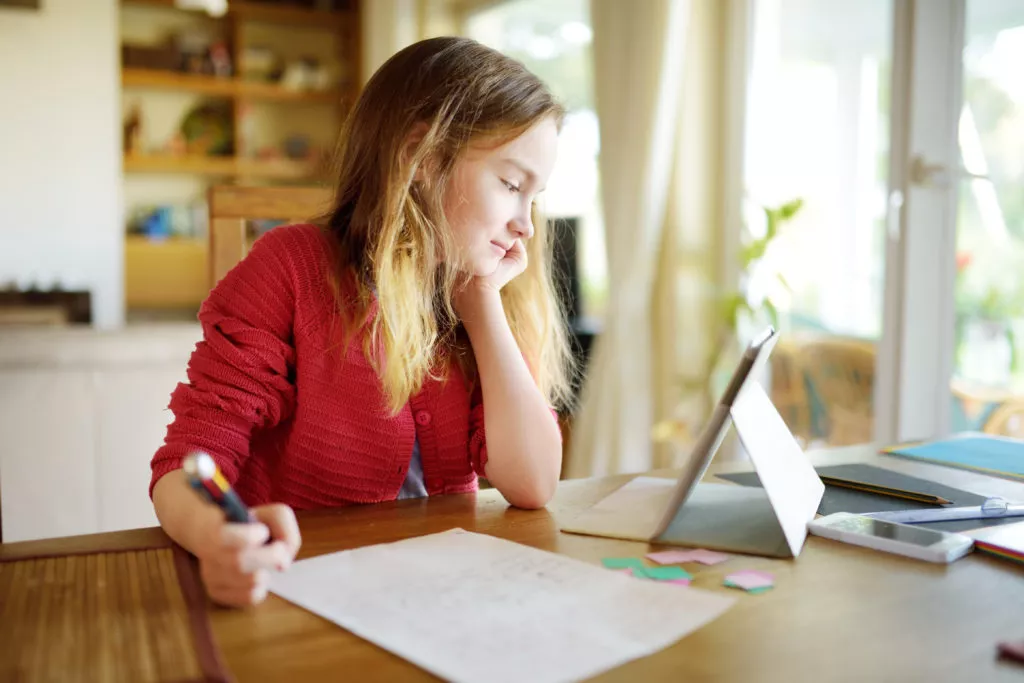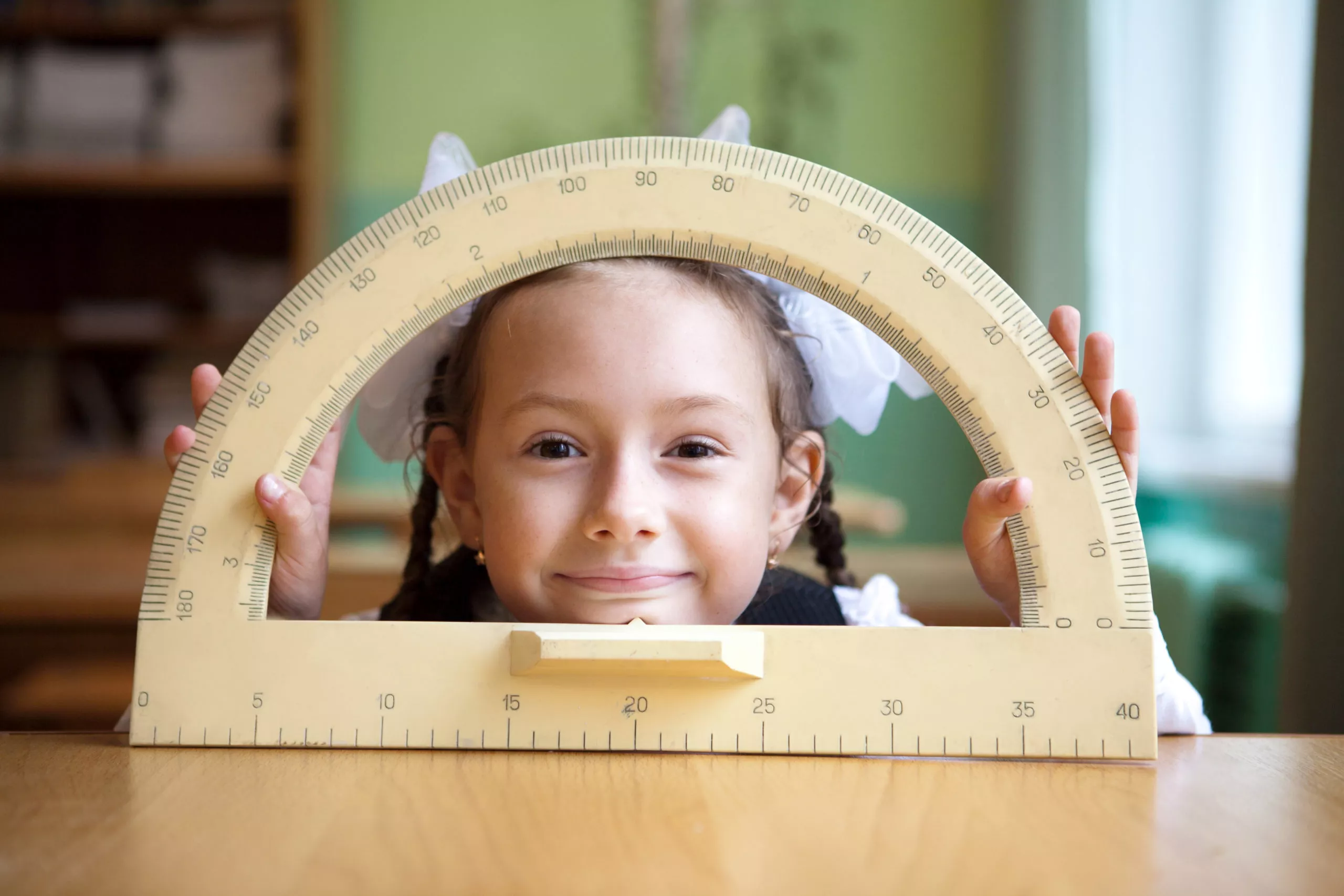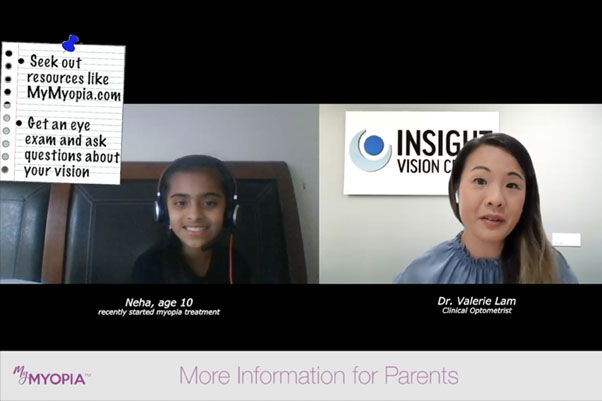
Too much screen time is a big worry with parents, but why should you be concerned? Children ages 8-10 spend about six hours a day in front of some kind of screen or device.1 An extensive body of evidence is building that confirms increased time using digital devices could hurt children’s eyesight.2 [Read: Can too much screen time hurt my child’s vision] Nearsightedness, also known as myopia, is increasing at an alarming rate in children in the U.S. 3, and too much up-close work, including use of cell phones and digital devices, has been linked to the development of nearsightedness.4

So how are these devices affecting vision? The answer may be the ‘blue light’ that comes from the devices. Unlike sunlight which contains red, orange, yellow, green, and blue rays, light emitted from these devices is generally “blue light”, a high-energy visible light with shorter wavelengths. Although blue light is naturally present in sunlight, it’s something we are exposed to in higher amounts from tablets, smartphones, and TVs.5 According to a recent National Eye Institute-funded study, children’s eyes absorb more blue light than adults’ from digital device screens.6 Blue light from computer screens and digital devices can also lead to digital eye strain.7 Many researchers and eye doctors are concerned that the added blue light exposure from computers and digital devices might increase a person’s risk of age-related eye diseases like macular degeneration later in life.8
Can you do something about this? The answer is in the sun.
For children, not getting enough exposure to sunlight could affect the growth and development of the eyes and vision. Early studies show a deficiency in blue light exposure from the sun could contribute to the recent increase in myopia/nearsightedness.9 Spending time outdoors—especially in early childhood—can help slow the progression of nearsightedness.10 And, increased time outdoors in children decreases the risk of new myopia onset by 50%.11 Try creative ways to get your child to spend more time outside and print this checklist of fun activities to encourage outdoor time. As your child completes each activity, check off the box or place their favorite sticker on the list to mark the accomplishment.
Another issue comes from the intensity with which kids focus on screen activity. “Our eyes need breaks from close-up focus,” says Ayesha Malik, OD, pediatric optometrist at Children’s Hospital of Philadelphia (CHOP), “and children can lose track of time when they become absorbed.” 12
While the effects of blue light from devices are still being studied, there are proactive approaches we can take to protect our children’s ocular health. A simple but impactful strategy to prevent digital eye strain is the 20-20-20 rule. Encourage a 20-second break every 20 minutes and look at something 20 feet away.13 Today, you can even change settings on some digital devices to reduce the amount of blue light. For iOS products, this setting is known as “Night Shift” and on many android devices you can turn on the “Night Mode” setting. “A simple way to avoid both sleep disruption and eye strain is to turn on night mode on our iPhone or Android devices,” says Raj K. Maturi MD, an ophthalmologist and clinical spokesperson for the American Academy of Ophthalmology.14

Finally, don’t forget the importance of regular eye exams conducted by an ophthalmologist or optometrist [Read: Eye exams vs. vision screenings. What’s the difference?] We live in a time in which technology will only continue to play an increasing role in our lives, and as it does, these simple steps can help protect your child’s ocular health.
Tags: screen time, digital devices, blue light, vision, children, computers, sunlight

